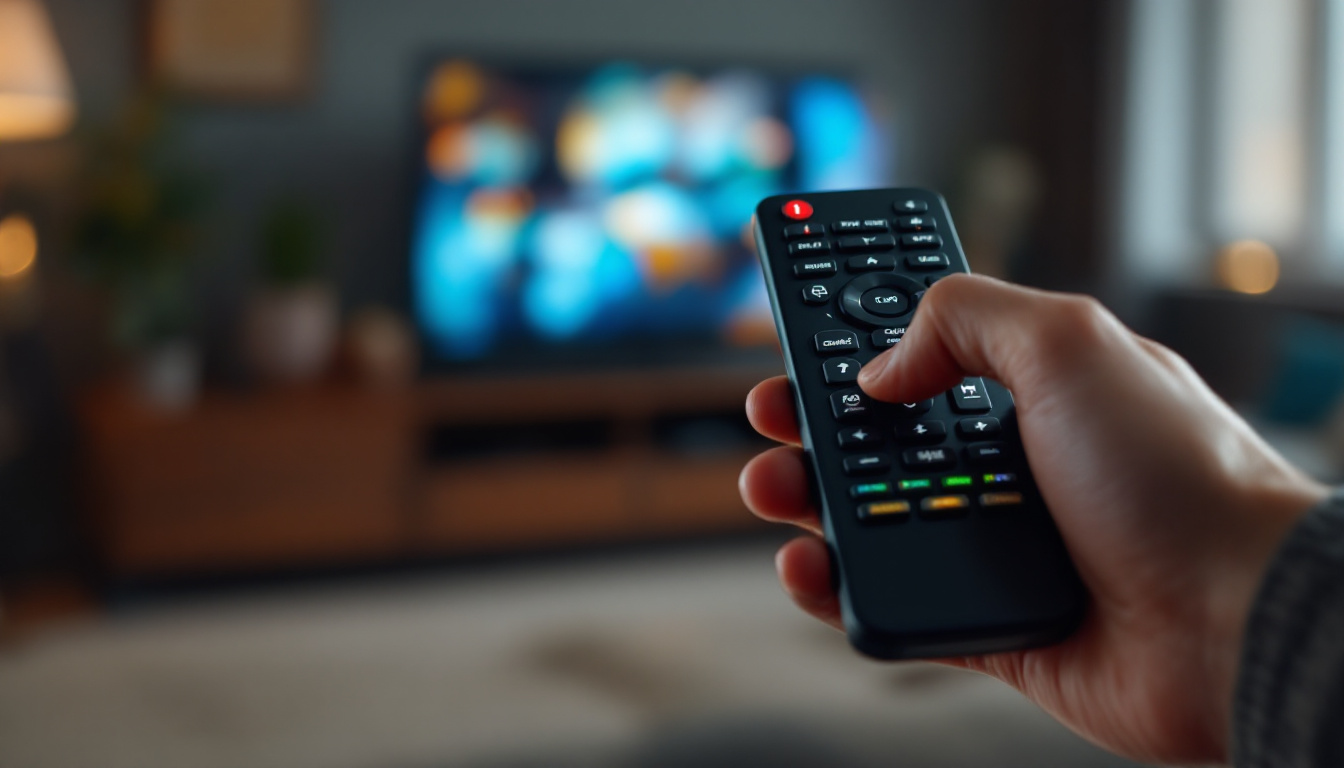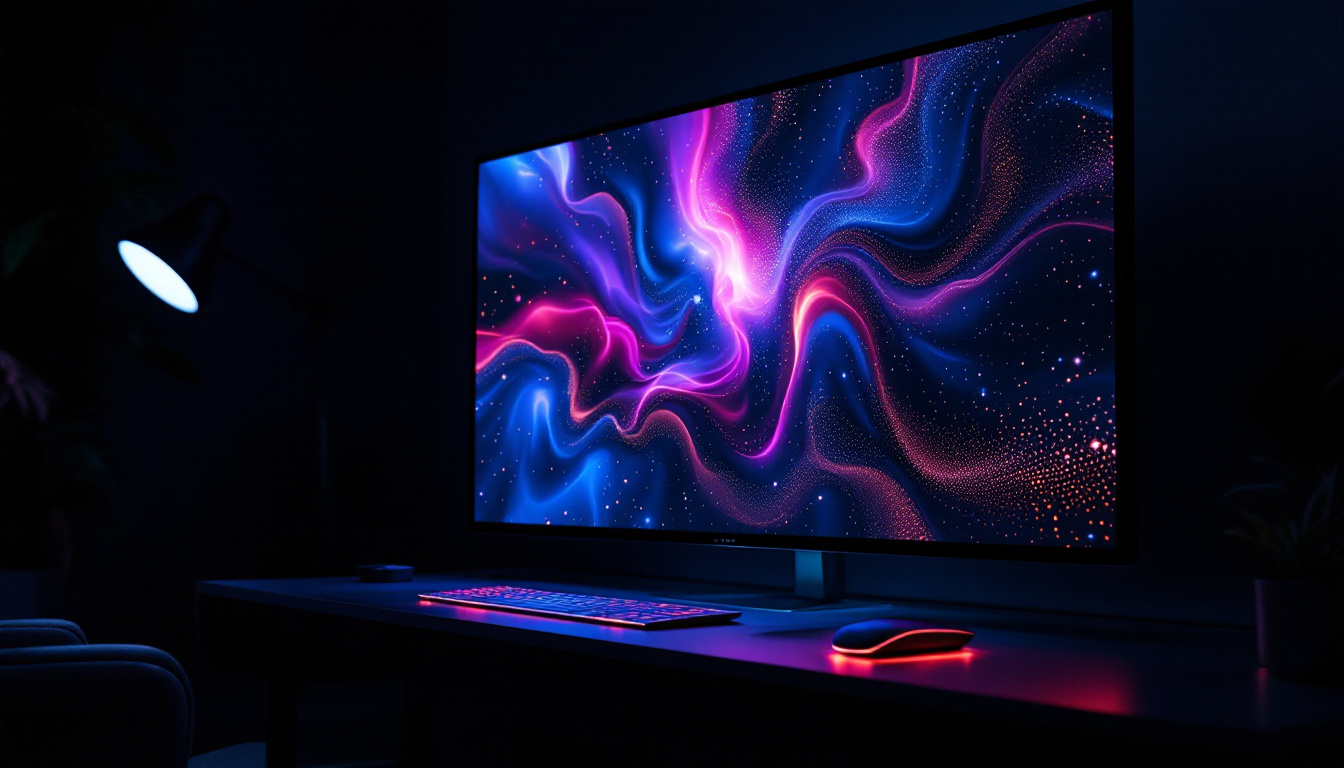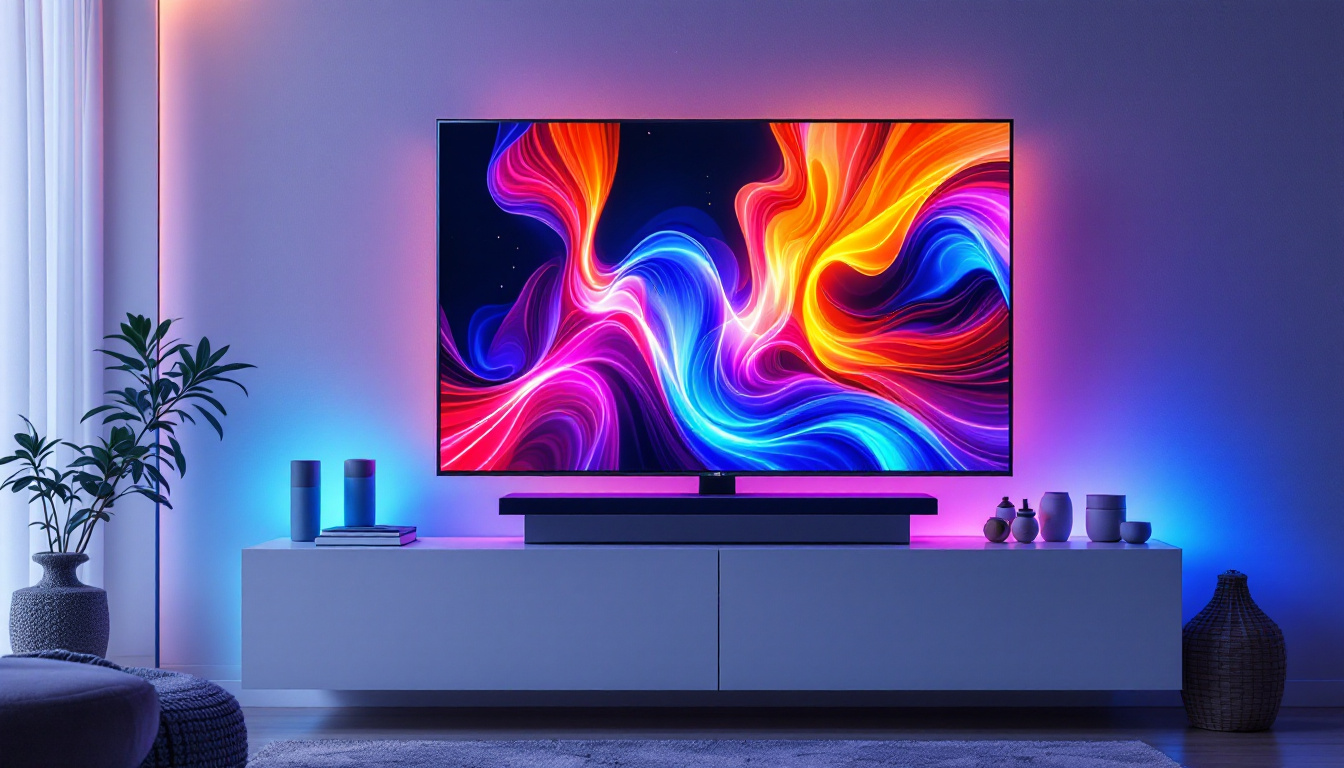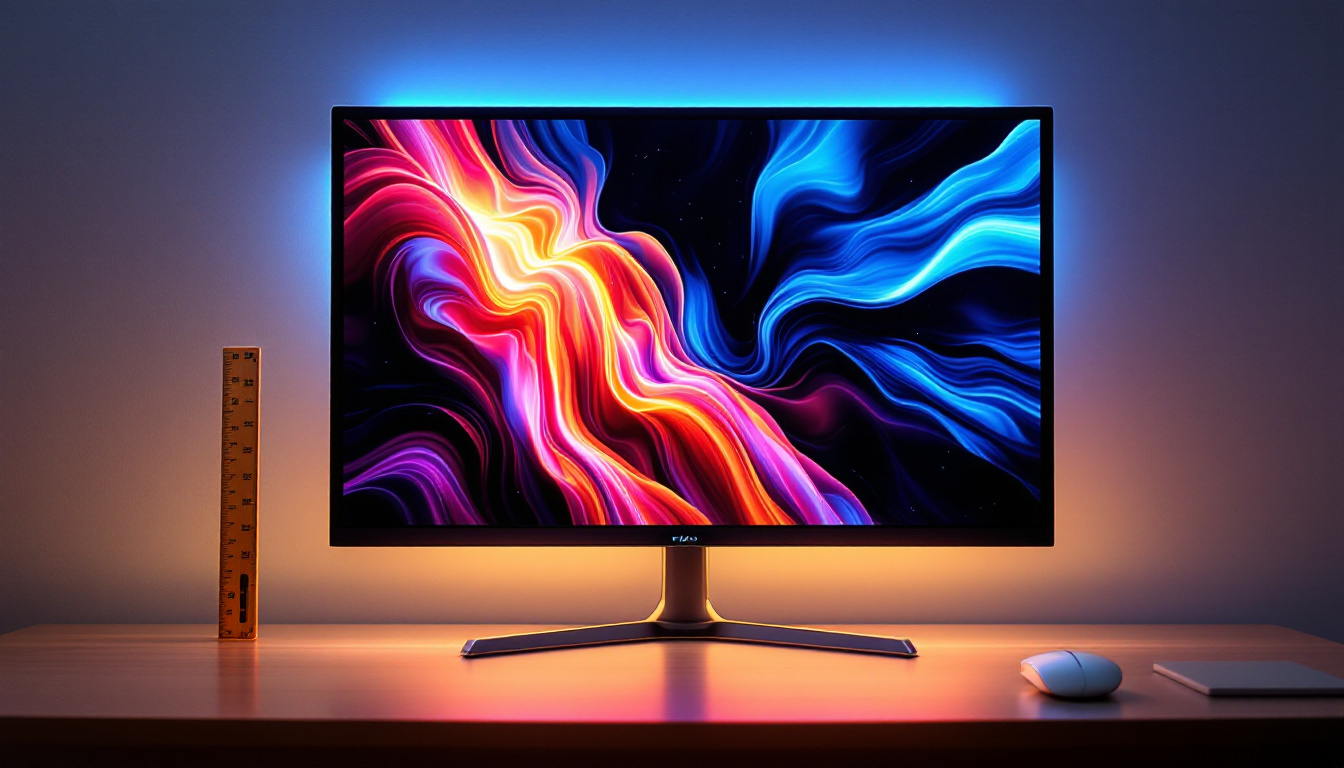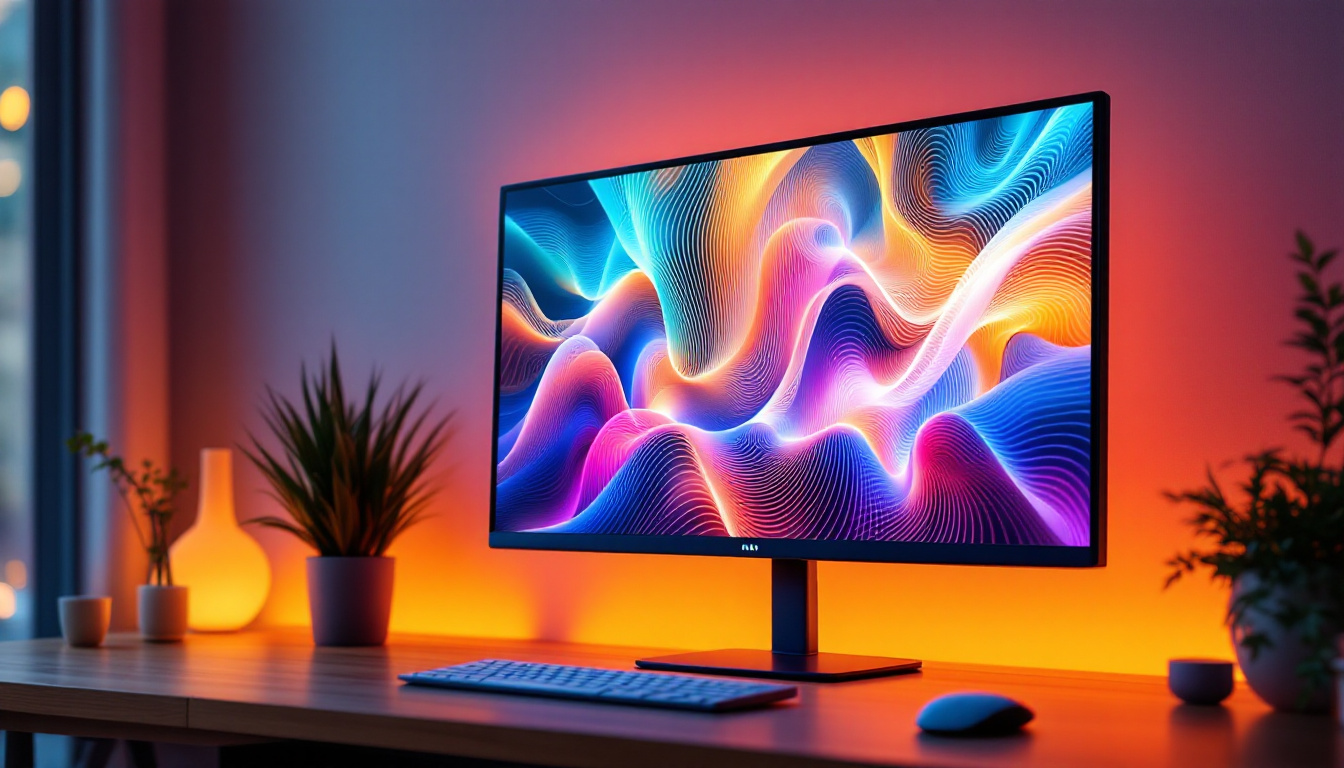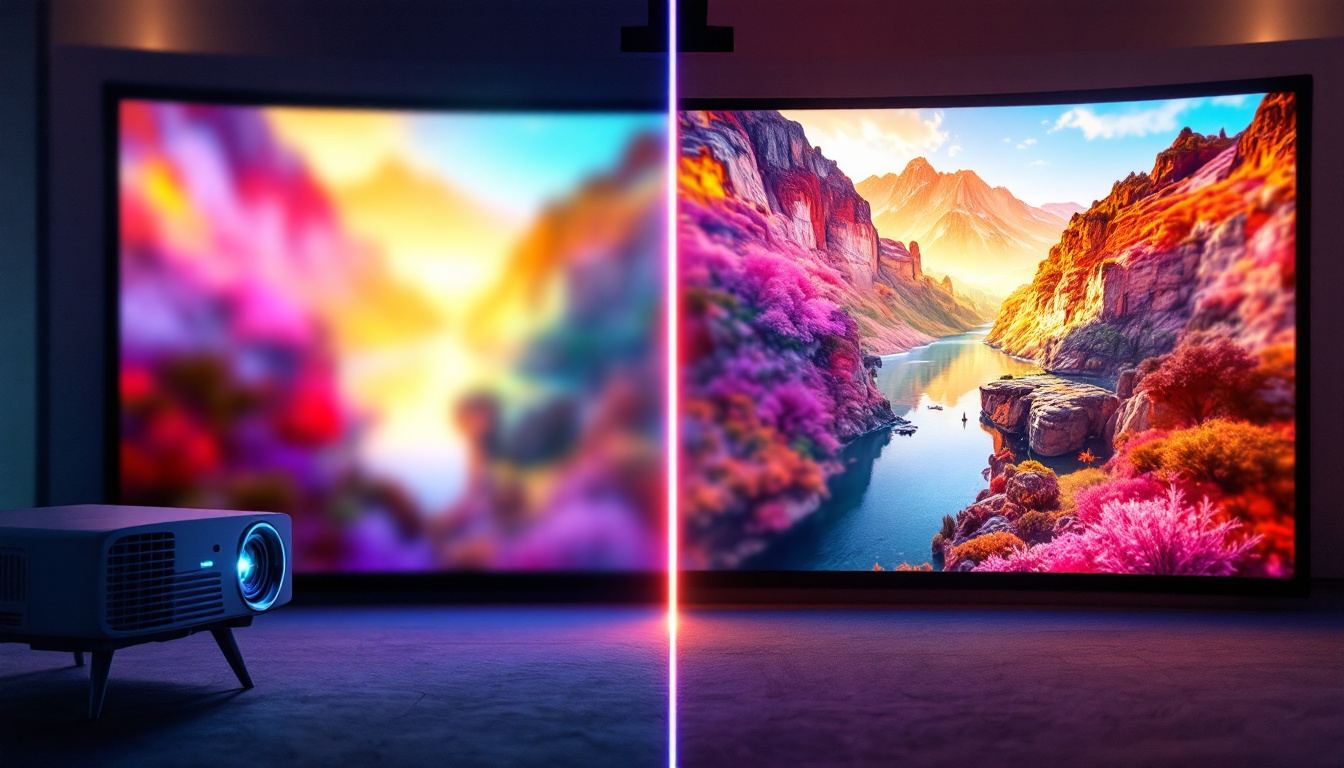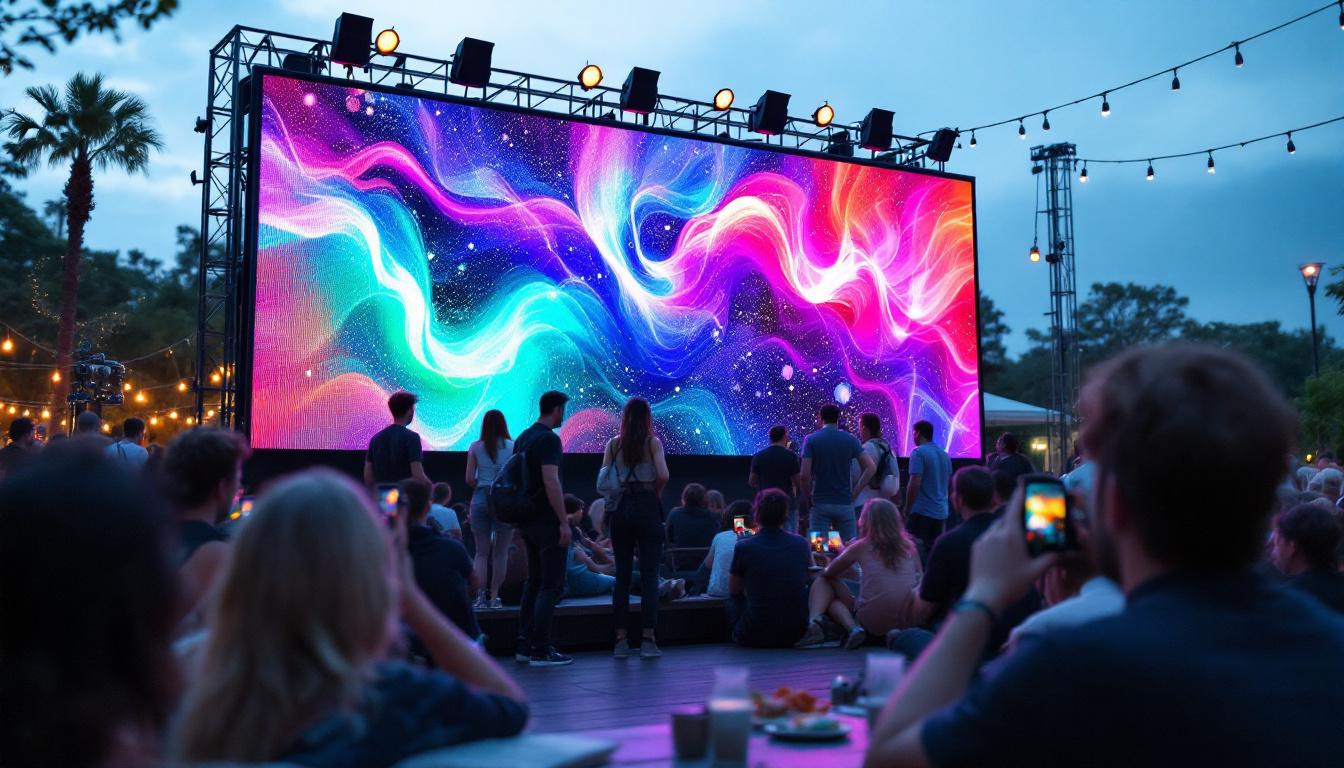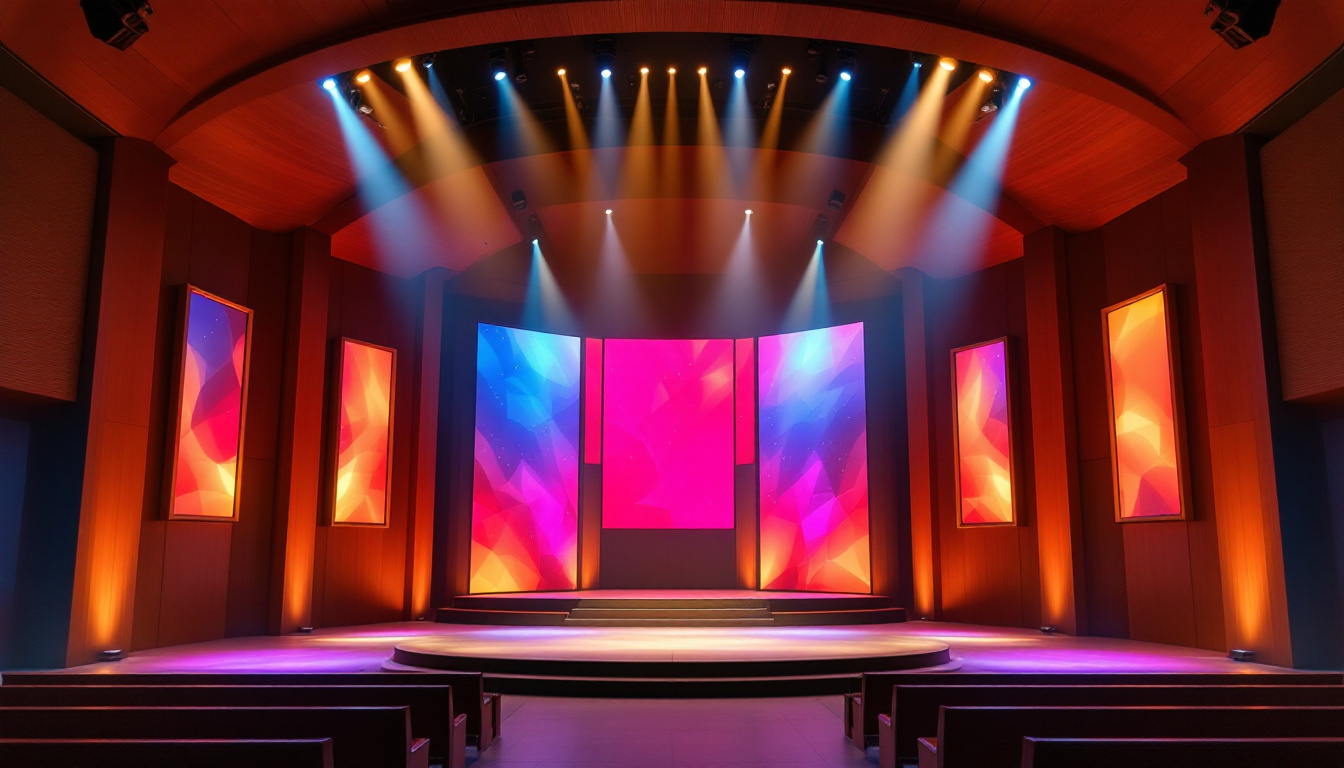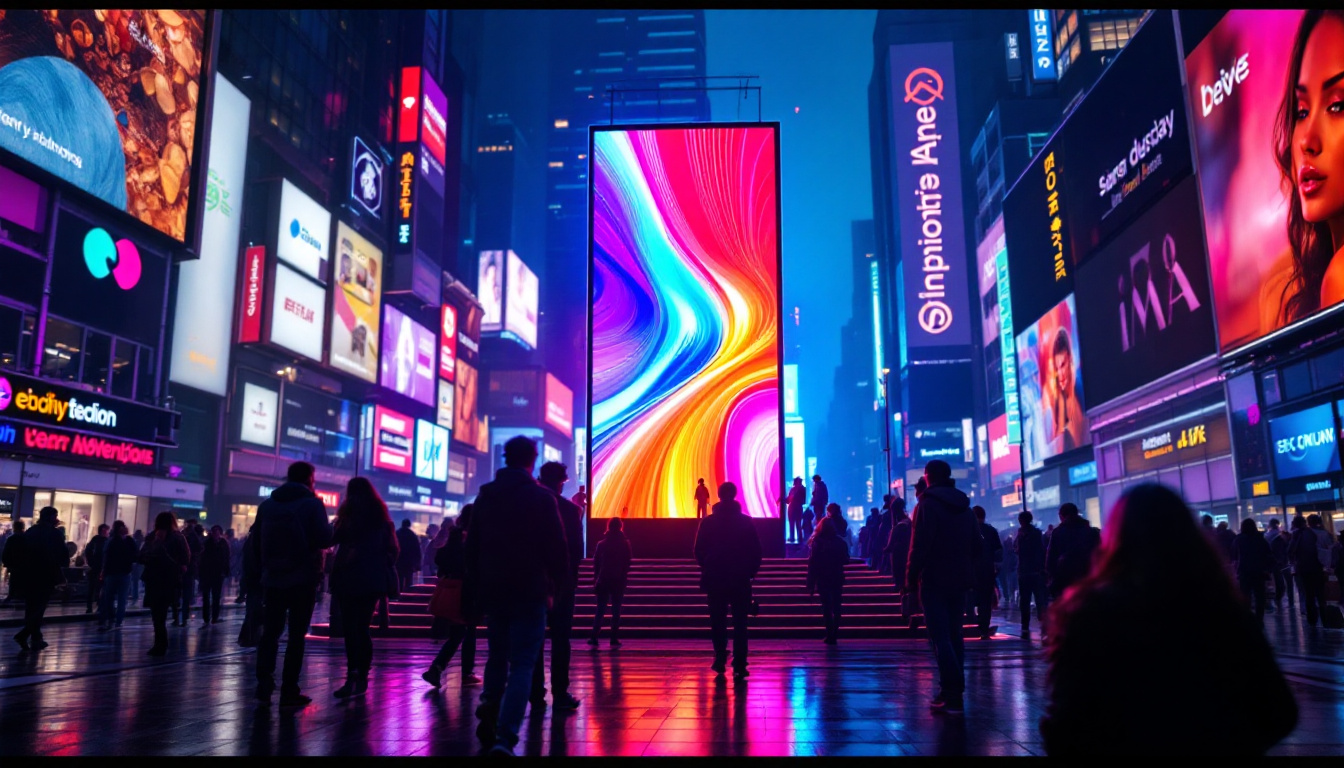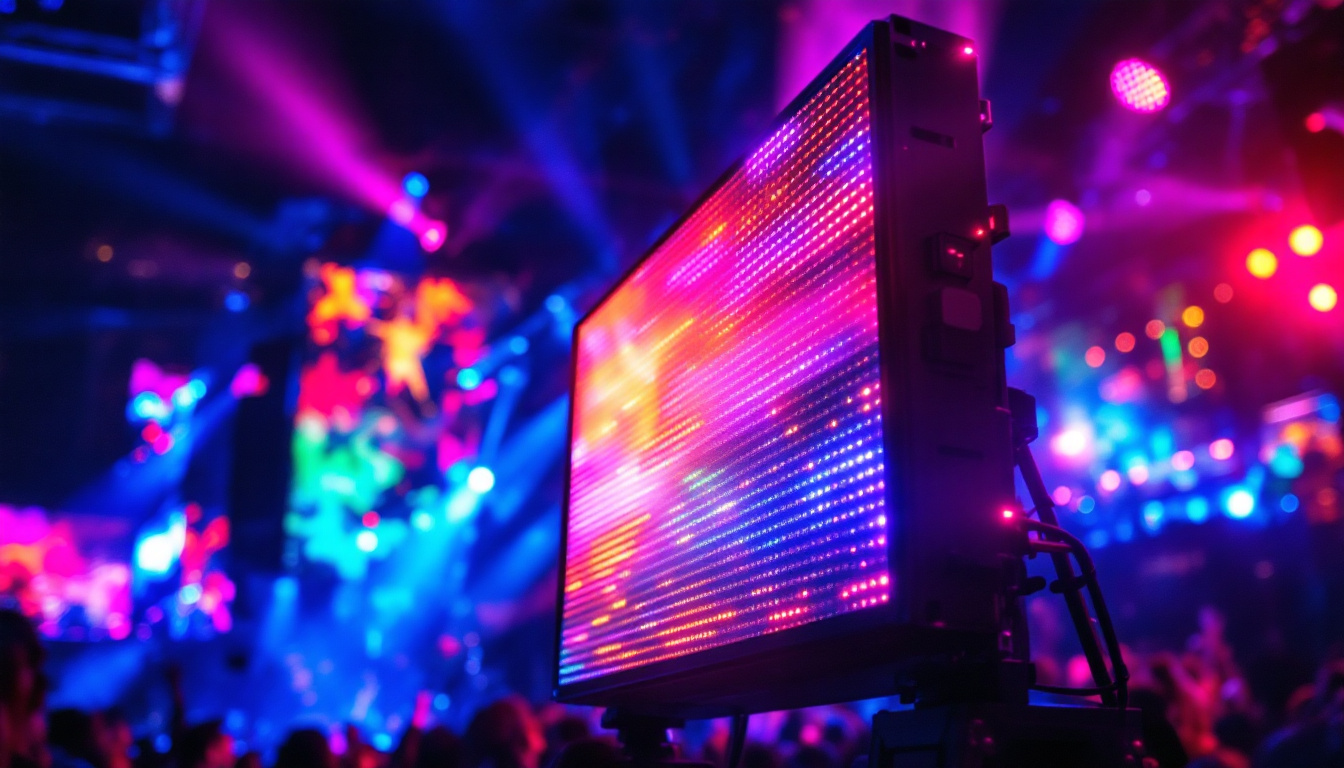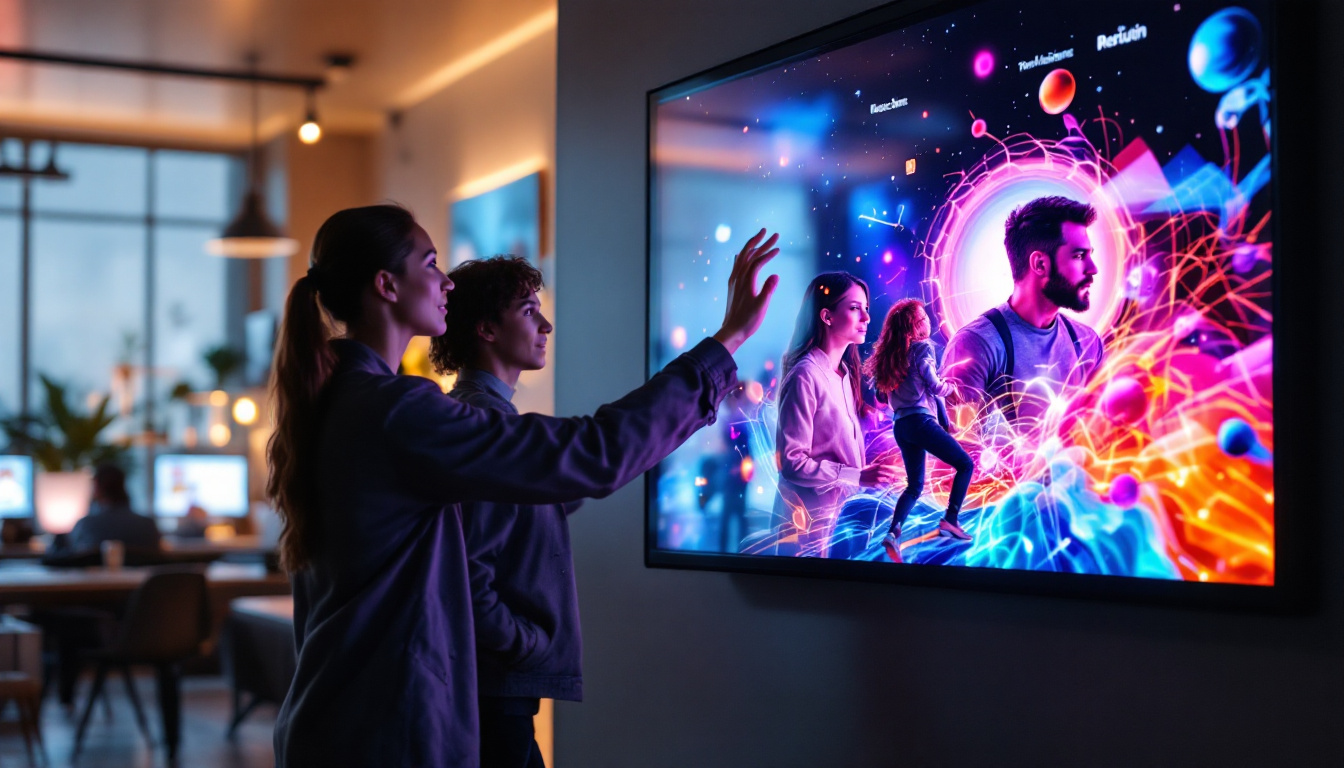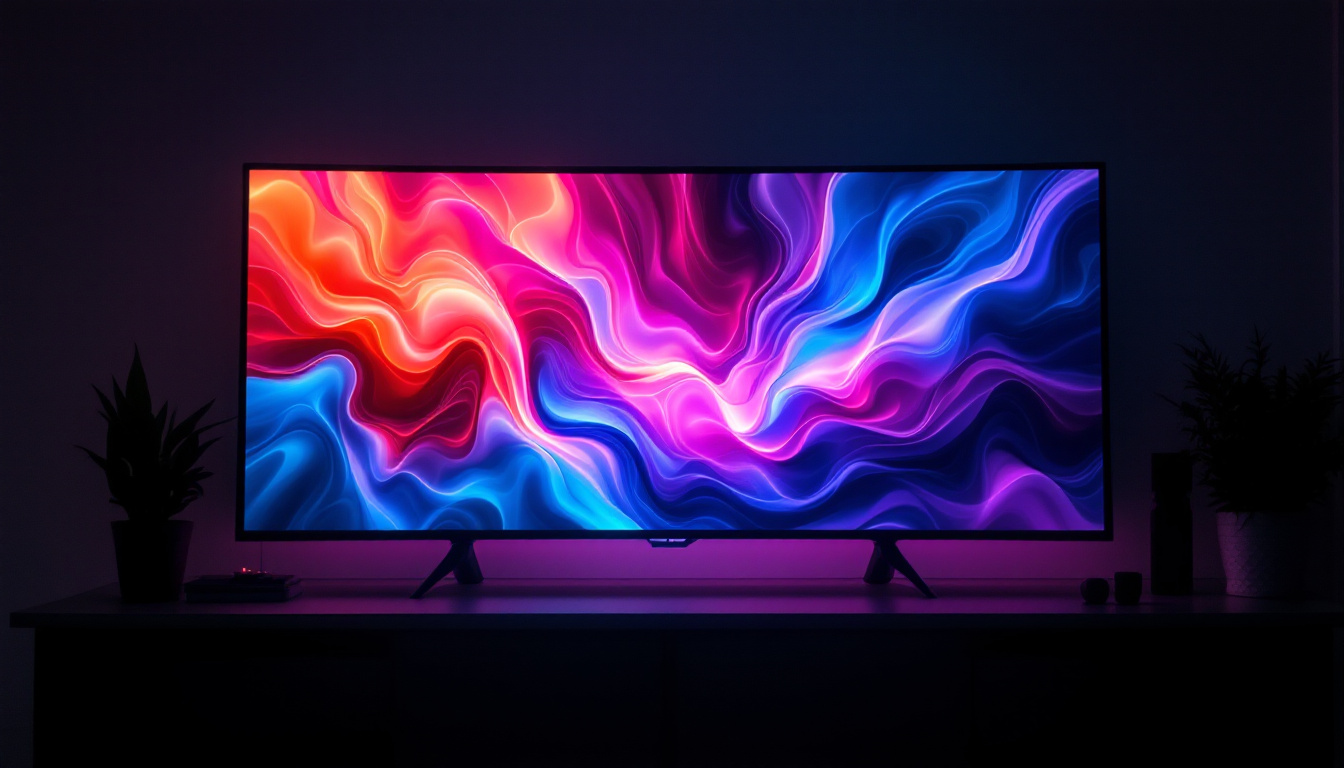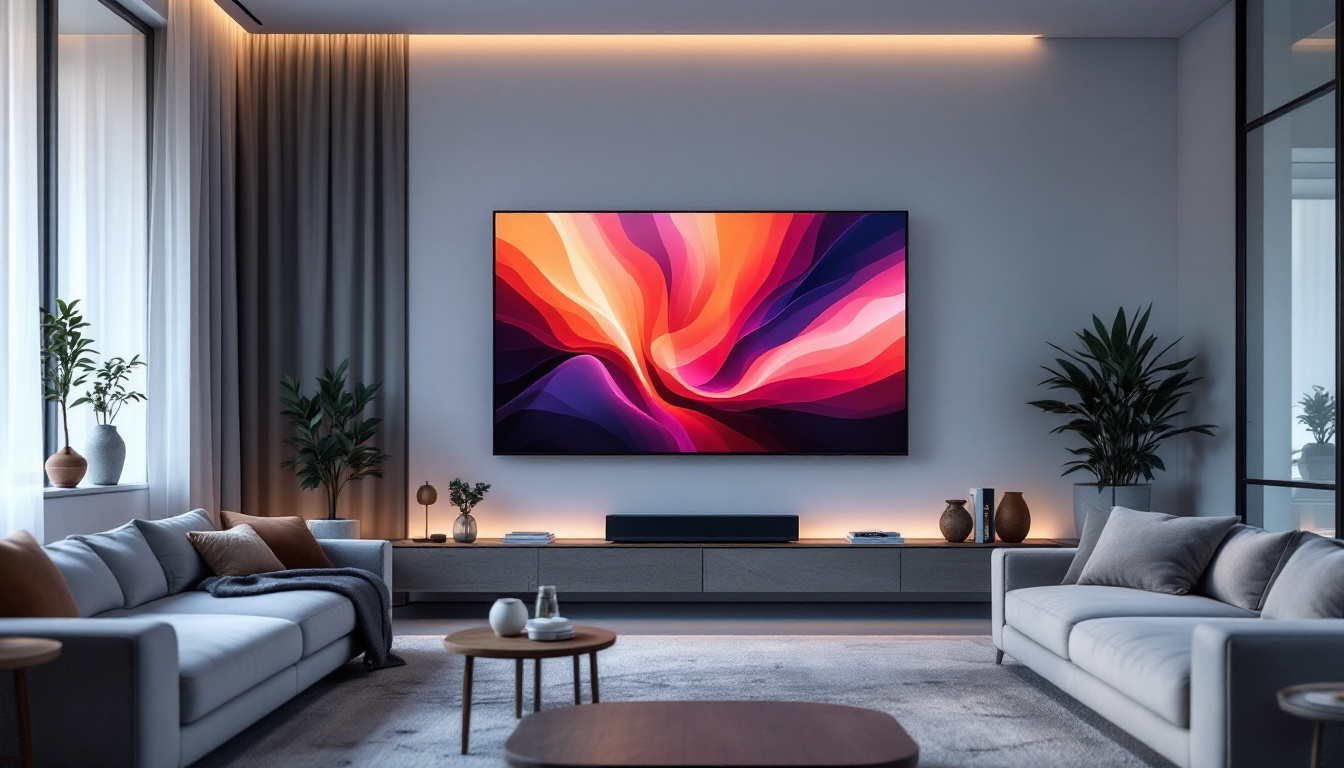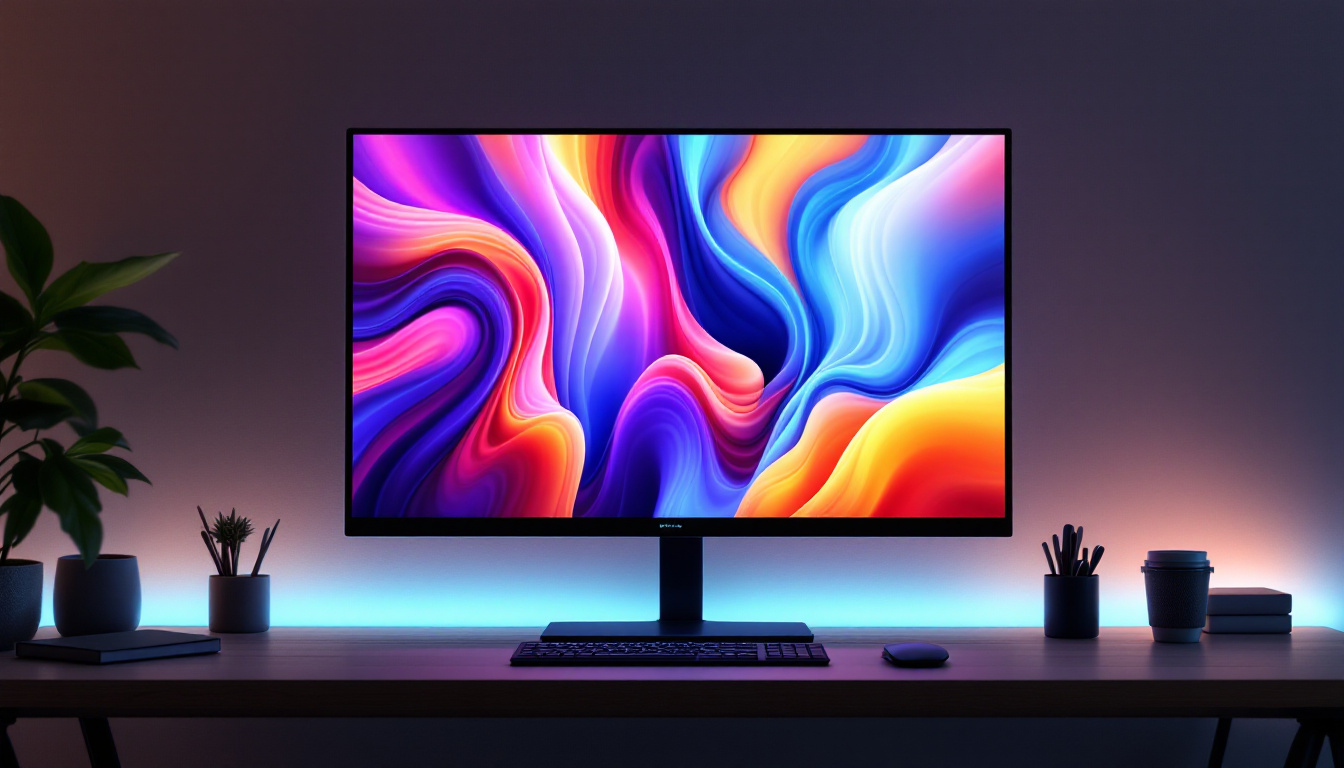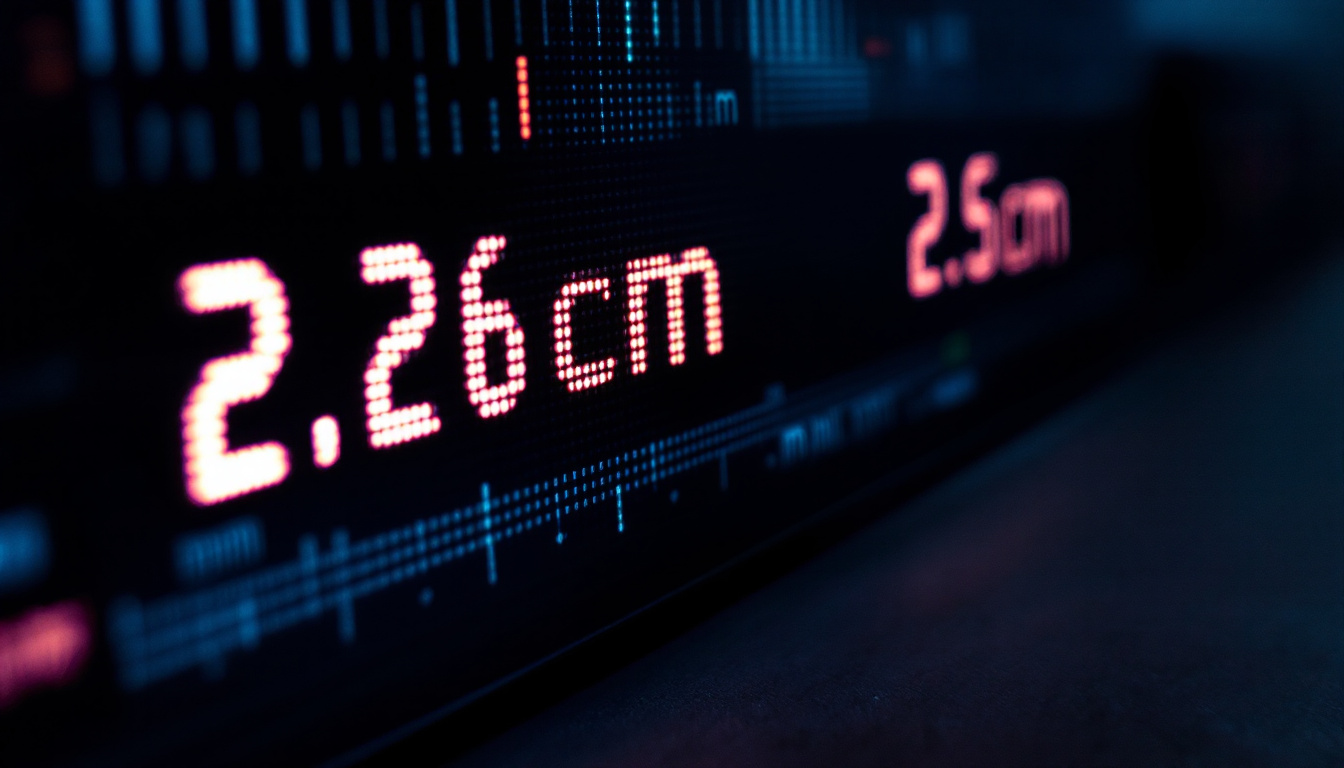In the age of smart technology, remote controls have become an essential part of our daily lives. Among the myriad of devices that require a remote, DTV (Digital Television) stands out, particularly for its diverse range of features and functionalities. Understanding how to effectively use a DTV remote, especially in relation to its LED display, can significantly enhance the viewing experience. This article delves into the intricacies of DTV remote code lookup and the role of the LED display in this process.
Understanding DTV Remotes
DTV remotes serve as the primary interface for users to interact with their digital television sets. Unlike traditional remotes, DTV remotes often come equipped with advanced features that allow for greater control over various functions, including channel selection, volume adjustment, and access to streaming services.
Types of DTV Remotes
There are several types of DTV remotes available, each designed to cater to different user needs. The most common types include:
- Standard Remotes: These are basic remotes that come with most television sets. They typically include buttons for power, volume, channel navigation, and input selection.
- Universal Remotes: Designed to control multiple devices, universal remotes can be programmed to operate not only the DTV but also DVD players, sound systems, and other home entertainment devices.
- Smart Remotes: These remotes often feature touch screens and voice control capabilities, allowing for a more intuitive user experience. They can also connect to smart home devices for seamless integration.
The Importance of Remote Code Lookup
Remote code lookup is a critical process that allows users to program their remotes to work with specific devices. Each device has a unique code that corresponds to its functions, and knowing these codes is essential for proper operation. This is particularly important for universal remotes, which require users to input the correct code for each device they wish to control.
Without the correct code, users may find themselves unable to access certain features or control their devices effectively. Therefore, understanding how to perform a remote code lookup is vital for maximizing the functionality of a DTV remote.
Many manufacturers provide a comprehensive list of codes in the user manual or on their websites, making it easier for users to find the right code. Additionally, some remotes come with a built-in code search feature that can automatically scan for the correct code, simplifying the setup process. This feature is particularly useful for those who may not be tech-savvy or who have multiple devices to configure. Moreover, as technology evolves, so do the codes; therefore, keeping the remote’s firmware updated can help ensure compatibility with new devices and features.
In addition to remote code lookup, users should also familiarize themselves with the various functions and shortcuts available on their DTV remotes. Many remotes include dedicated buttons for popular streaming services, allowing users to quickly access their favorite shows and movies without navigating through multiple menus. Understanding these features can enhance the viewing experience, making it more enjoyable and user-friendly. Furthermore, some remotes even offer customizable buttons, enabling users to tailor their remote to better suit their viewing habits and preferences.
LED Display: A Key Feature of DTV Remotes
The LED display on a DTV remote serves multiple purposes, enhancing user interaction and providing crucial feedback during operation. This small yet significant feature can make a substantial difference in how effectively users can manage their devices. With the increasing complexity of home entertainment systems, the LED display has become an essential component that not only simplifies the user experience but also adds a layer of sophistication to remote controls.
Functions of the LED Display
The LED display on a DTV remote typically serves the following functions:
- Status Indicator: The LED light often indicates the status of the remote, such as whether it is powered on or off. A blinking light may signal that the remote is in programming mode or that batteries need to be replaced.
- Feedback for Commands: When a button is pressed, the LED display may light up to confirm that the command has been sent to the device. This feedback is crucial for users to know that their input has been registered.
- Error Notifications: If a command fails, the LED may blink in a specific pattern to indicate an error. This feature helps users troubleshoot issues more efficiently.
How to Use the LED Display for Code Lookup
Utilizing the LED display for remote code lookup can simplify the process of programming a DTV remote. Here’s a general guide on how to do it:
- Turn on the Device: Begin by powering on the device you want to control with the remote.
- Enter Programming Mode: Press and hold the ‘Setup’ button on the remote until the LED light turns on, then release the button. The LED should remain on.
- Input the Code: Enter the code for your device using the number buttons. The LED will blink and turn off if the code is entered correctly.
- Test the Remote: Try using the remote to control the device. If it doesn’t work, repeat the process with the next code in the list.
This process not only streamlines the setup of your remote but also empowers users to take control of their home entertainment systems with confidence. The LED display acts as a guide, illuminating the path to successful programming and ensuring that users are not left in the dark when it comes to device compatibility. Furthermore, many modern remotes come equipped with a comprehensive list of codes printed in the user manual or available online, making it even easier to find the correct code for various devices, from televisions to sound systems.
Additionally, the LED display can enhance the overall user experience by providing visual cues that reduce the learning curve associated with new technology. For instance, first-time users can quickly become familiar with their remote’s functions simply by observing the LED’s responses. This intuitive feedback mechanism encourages exploration and experimentation, allowing users to engage more fully with their devices. As technology continues to evolve, the LED display remains a crucial element in bridging the gap between complex functionalities and user-friendly operation.
Common Issues with DTV Remotes and Their LED Displays
Despite their advanced features, users may encounter various issues when using DTV remotes. Understanding these common problems and how to address them can lead to a smoother experience.
Unresponsive Remote
An unresponsive remote can be frustrating. If the LED display does not light up when buttons are pressed, it could indicate a battery issue or a malfunction. Here are steps to troubleshoot:
- Check the Batteries: Ensure that the batteries are properly installed and have sufficient charge. Replacing old batteries often resolves the issue.
- Inspect for Damage: Look for any physical damage to the remote. If the remote has been dropped or exposed to moisture, it may require professional repair or replacement.
Incorrect Code Entry
Entering the wrong code is a common mistake during the programming process. If the LED blinks in a specific pattern after entering a code, it indicates an error. To resolve this:
- Refer to the Code List: Ensure you are using the correct code for your device. Consult the user manual or the manufacturer’s website for the correct codes.
- Retry the Process: If the first code doesn’t work, repeat the programming steps with the next code in the list.
Advanced Features of DTV Remotes
Many modern DTV remotes come equipped with advanced features that enhance usability and functionality. Understanding these features can help users make the most of their remote controls.
Macro Programming
Macro programming allows users to combine multiple commands into a single button press. For instance, a user can program a macro that turns on the TV, sets the input to HDMI, and starts a streaming app all at once. This feature is particularly useful for those who frequently switch between different devices or functions.
Voice Control Integration
Some DTV remotes now include voice control capabilities, enabling users to navigate their devices using voice commands. This feature can be especially beneficial for individuals with mobility challenges or those who prefer hands-free operation. Users can simply speak commands to change channels, adjust volume, or search for content without needing to press buttons.
Conclusion
Understanding the intricacies of DTV remote code lookup and the functionality of the LED display can significantly enhance the user experience. By familiarizing oneself with the various features and troubleshooting common issues, users can ensure that their DTV remotes operate smoothly and effectively.
As technology continues to evolve, DTV remotes are likely to become even more sophisticated, offering new features that make controlling home entertainment systems easier and more intuitive. Staying informed about these advancements can empower users to take full advantage of their DTV remotes, leading to a more enjoyable viewing experience.
In summary, whether dealing with programming codes, utilizing the LED display, or exploring advanced features, a comprehensive understanding of DTV remotes is essential for maximizing their potential. With the right knowledge and tools, users can navigate their digital television experience with ease and confidence.
Explore Cutting-Edge LED Display Technology with LumenMatrix
As you seek to maximize the potential of your DTV remote and enhance your viewing experience, consider the power of exceptional LED display technology. LumenMatrix, a leader in innovative LED solutions, offers a wide array of products from Indoor and Outdoor LED Wall Displays to specialized options like Vehicle and Sports LED Displays. Embrace the future of visual communication with LumenMatrix’s advanced LED modules that promise to captivate your audience and amplify your message. Check out LumenMatrix LED Display Solutions today and transform your digital signage into a dynamic and engaging experience.

